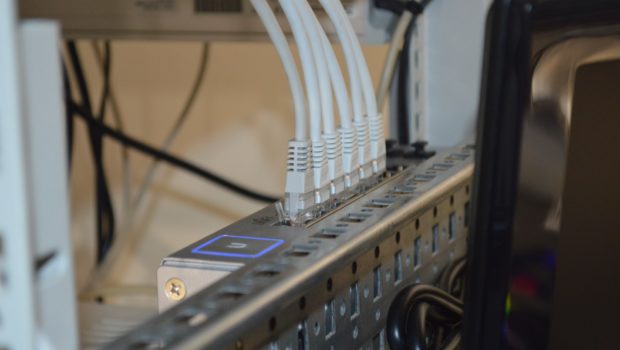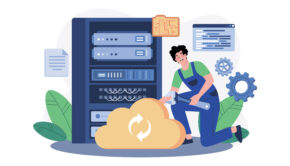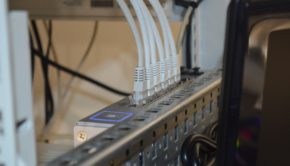An Overview of Ethernet Network
Ethernet is embedded in hardware devices and software to build a local area network. This network comprises a computer network where a group of computers is interconnected to share information through wires and cables. To connect to Ethernet, one of its end cables is plugged into a LAN port at the back of a modem, and the other end is plugged into the Ethernet cable on the computer.
What are the different Types of Ethernet Networks in existence Today?
Fast Ethernet
This type of Ethernet network transfers data at a rate of 100Mbps. It uses a fiber-optic cable or a twisted pair cable. The existing cabling on the fast Ethernet is 10BaseT, based on the proven Media Access Control (MAC). Data on this Ethernet can move from as low as 10Mbps to 100Mbps without changes to the networking software, application, or protocol translation.
Gigabit Ethernet
The Gigabit Ethernet can transfer data at a rate of 1000Mbps or 1Gbps. The rate of transfer is based on a fiber optic cable or a twisted pair cable. This type of Ethernet network is supported by Cat 5e, which is a type of twisted-pair cable. The twisted-pair cable has four pairs that enable a high rate of data transfer. The latest generation Ethernet is the 10 Gigabit Ethernet that can transfer data at 10Gbps using fiber optic cable or twisted-pair cable. This is the newest and the most modern type of Ethernet network available today and the newest iteration can do transfer files up to speeds in excess of 10 Gbit/s.
Switch Ethernet
This Ethernet network is suitable for a LAN with multiple network devices and uses a regular network cable. Its primary function is to forward data on the same network from one device to another. The transferring of data doesn’t affect other devices on the same network making it useful.
It can support different data transfer rates, including 1000Mbps to 10Gbps in the latest generation Ethernet and 10Mbps to 100Mbps for fast Ethernet. Star topology is organized around a switch Ethernet. The switch in this network uses switching and filtering mechanisms and has been used for a long time.
Top Features of Ethernet Controller
- Provides plug and play provisioning
- Provides bandwidth at a low cost
- Enables wholesale pricing for any business type
- It connects directly to the backbone of the carrier
- Its data transfer is of high rates
- Includes 1st round, which is connected to a Tier 1 provider
- Any connection can provide Service Level Agreement
Categories of Ethernet Cables
- 10Base2- used in thin coaxial cable
- 10Base5- used in thick coaxial cable
- 10Base-T- used in Twisted pair
- 100Base-FX- uses multimode fiber optic
- 100Base-TX- can achieve a speed of 100Mbps
- 1000Base-T- uses category five cables, which are double twisted
- 1000Base- SX- uses a short wavelength signal of 850 nanometers
- 1000Base-LX- uses a long-wavelength signal ranging between 1270 to 1355 nanometers
There are different Ethernet networks and Ethernet cables. Hence, it enables the sharing of information through data transfer. Traditional Ethernet networks have lower rates of data transfer compared to the latest generation Ethernet. Gigabit and Switch Ethernet are the best to use in big companies, while fast Ethernet is suitable to use at home. At times, it can become problematic if the Ethernet doesn’t have a valid IP configuration. For a high-speed internet connection, it’s advisable to have a correct IP configuration.
Photo by Thomas Jensen on Unsplash










![How the Internet of Things (IoT) is Changing the Future of the Supply Chain [Infographic]](https://technofaq.org/wp-content/uploads/2018/03/How-the-Internet-of-Things-IoT-is-Changing-the-Future-of-the-Supply-Chain-150x150.png)





